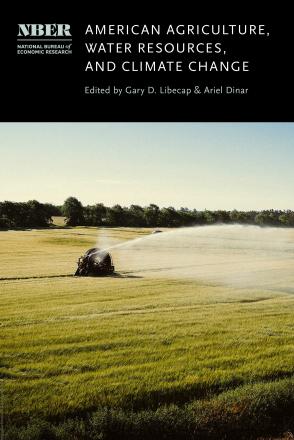Center Pivot Irrigation Systems as a Form of Drought Risk Mitigation in Humid Regions

Farmers in humid states of US, traditionally reliant on rainfall, have more than tripled irrigation since 1978. We examine this trend in Illinois where there has been a nearly threefold increase in center pivot irrigation system (CPIS) installations since 1988. Specifically, we analyze where and when CPIS installations occur and their benefits in terms of crop yield, irrigated acreage, crop selection, and changes to drought-related insurance payouts. To do so, we create a novel data set derived from a deep learning model capable of automatically identifying the location of CPIS during drought years. The results indicate CPIS installations are significantly more common over alluvial aquifers after droughts. Some evidence supports CPIS leads to corn appearing more often in the corn-soy crop rotation. Counties with a higher presence of CPIS do not have higher average crop yields. However, in drought years CPIS presence does have a significant positive effect on corn yield and a significant negative effect on indemnity payments for both soybeans and corn. The results provide insights into an emerging trend of irrigation in humid regions, raising potential policy considerations for crop insurance and signaling a potential need to address water rights as demand increases.


